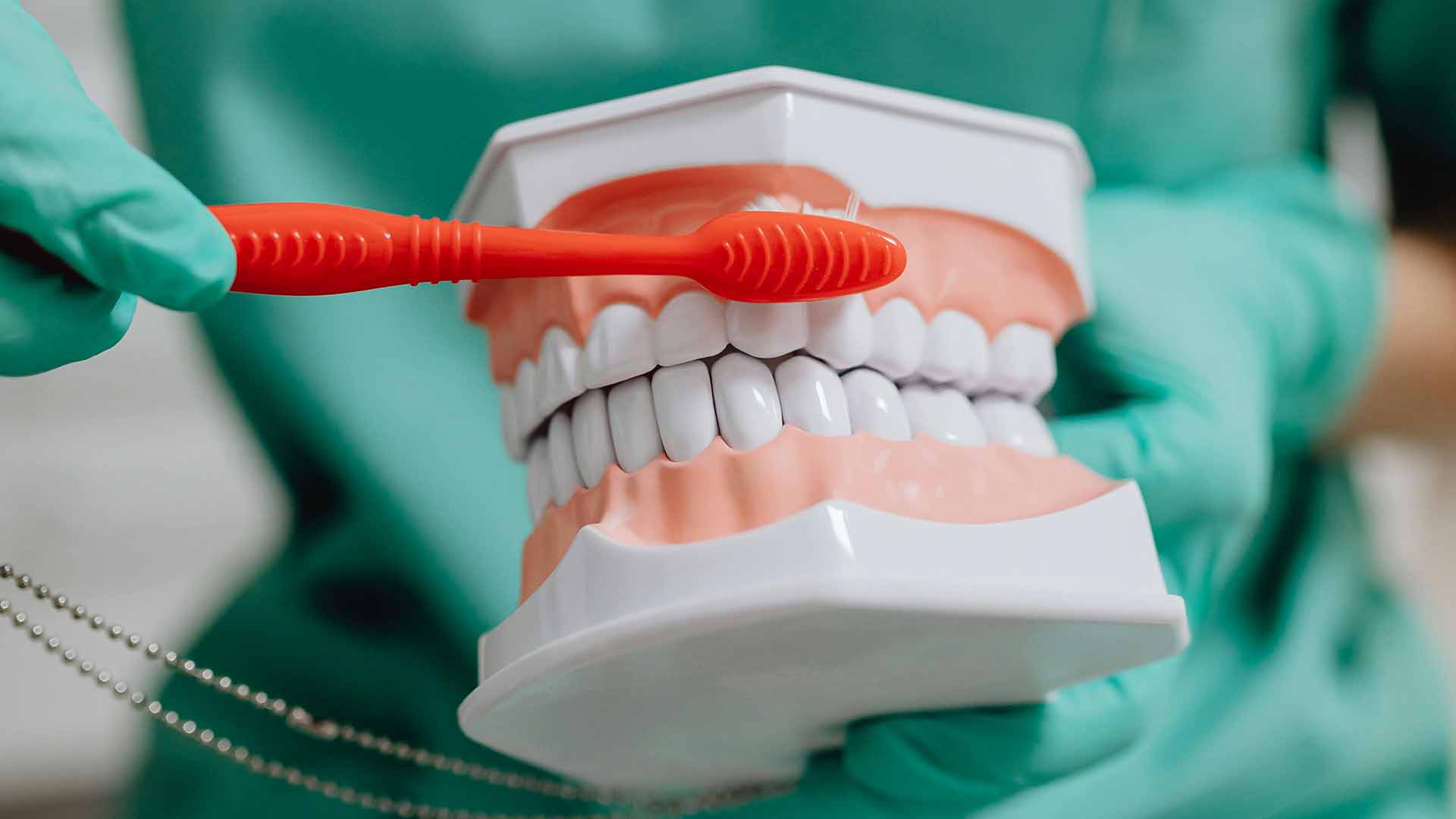Teeth whitening strips have become a popular at-home solution for achieving a brighter smile. They’re convenient, easy to use, and significantly more affordable than professional whitening treatments. However, understanding how often to use teeth whitening strips is essential to prevent overuse, which could lead to tooth sensitivity or damage to the enamel. In this guide, we’ll discuss the recommended frequency for using these strips, offer tips for optimal results, and highlight precautions to protect your teeth and gums.
Understanding Teeth Whitening Strips
Teeth whitening strips are thin, flexible pieces coated with a peroxide-based whitening gel. When applied to the teeth, they work by breaking down stains and discoloration. Typically, these strips are used over a period of days or weeks, depending on the product’s strength and the user’s desired results.
How Often Should You Use Teeth Whitening Strips?
The frequency of using whitening strips varies depending on the brand and the concentration of the active whitening ingredient. Here’s a breakdown of general guidelines:
- Manufacturer’s Recommendations: Always start by following the specific instructions provided by the product’s manufacturer. Most at-home whitening kits recommend daily use for anywhere from 7 to 14 consecutive days. For example, popular products like Crest 3D White Strips suggest a daily application for up to two weeks.
- General Best Practice: For most over-the-counter teeth whitening strips, applying them once a day for the recommended duration is sufficient. Overuse can lead to tooth sensitivity and enamel wear, so it’s essential to adhere to the outlined schedule.
- Long-Term Use: After completing an initial treatment cycle, most dental professionals advise waiting at least 6 months before starting another whitening regimen. This interval helps ensure that your enamel has time to recover, minimizing the risk of over-whitening and associated damage.
Factors Influencing Whitening Frequency
Several factors play a role in determining how often you should use teeth whitening strips:
- Tooth Sensitivity: If you notice any increase in tooth or gum sensitivity, reduce the frequency of use. You might choose to skip days or opt for a milder product.
- Diet and Lifestyle: Regular coffee, tea, or wine drinkers may need to repeat treatments more often to maintain their results, but this should still be balanced with enamel health considerations.
- Oral Health Condition: If you have dental issues like cavities or gum disease, it’s crucial to consult with a dentist before starting any whitening treatment.
Tips for Using Teeth Whitening Strips Effectively
- Follow the Time Guidelines: Most whitening strips should remain on your teeth for 30 minutes or less. Leaving them on for longer doesn’t translate to better results and may harm your enamel.
- Use Strips on Clean Teeth: Brushing and flossing before application ensures the whitening agent has direct contact with your teeth, boosting effectiveness.
- Avoid Certain Foods and Drinks: After using whitening strips, try to steer clear of staining agents like coffee, red wine, or tobacco for at least a few hours.
- Stay Hydrated: Drink plenty of water after treatment to help wash away potential staining particles.
- Monitor Your Progress: Keep track of your teeth’s response throughout the treatment. If you achieve your desired whiteness before the suggested treatment period ends, you may choose to stop early to avoid overuse.
Possible Side Effects of Overusing Whitening Strips
While teeth whitening strips are generally safe when used as directed, improper usage can lead to several issues:
- Increased Tooth Sensitivity: Whitening agents can penetrate the enamel, reaching the dentin and causing heightened sensitivity, especially to hot or cold temperatures.
- Gum Irritation: If strips come into contact with your gums, they might cause temporary irritation or discomfort.
- Enamel Damage: Overuse can thin the enamel, leading to weaker teeth and increased risk of decay. This is why it’s essential to space out treatments and follow proper usage guidelines.
Consulting with Your Dentist
Before embarking on any teeth whitening journey, it’s wise to consult your dentist. They can assess the health of your teeth and gums, advise on the safest whitening options, and recommend products suited to your specific dental condition.
For individuals with dental work like crowns or fillings, professional input is especially important, as whitening agents do not affect these materials and could result in uneven coloration.
When to Consider a Pause
If you start experiencing tooth sensitivity or discomfort during a whitening treatment, take a break for several days. This pause allows your teeth to recover before resuming treatment. Alternatively, switch to strips with a lower peroxide concentration or seek gentler whitening solutions.
Conclusion: Striking the Right Balance
To achieve a dazzling smile without compromising oral health, use teeth whitening strips responsibly. Stick to the recommended duration, give your enamel time to recover between treatments, and monitor your teeth for any signs of distress. With proper care and attention, you can maintain a bright, confident smile without risking damage to your teeth or gums.
By following these guidelines, you’ll ensure that your teeth remain both white and healthy, making the most out of your at-home whitening regimen.


Leave a Reply